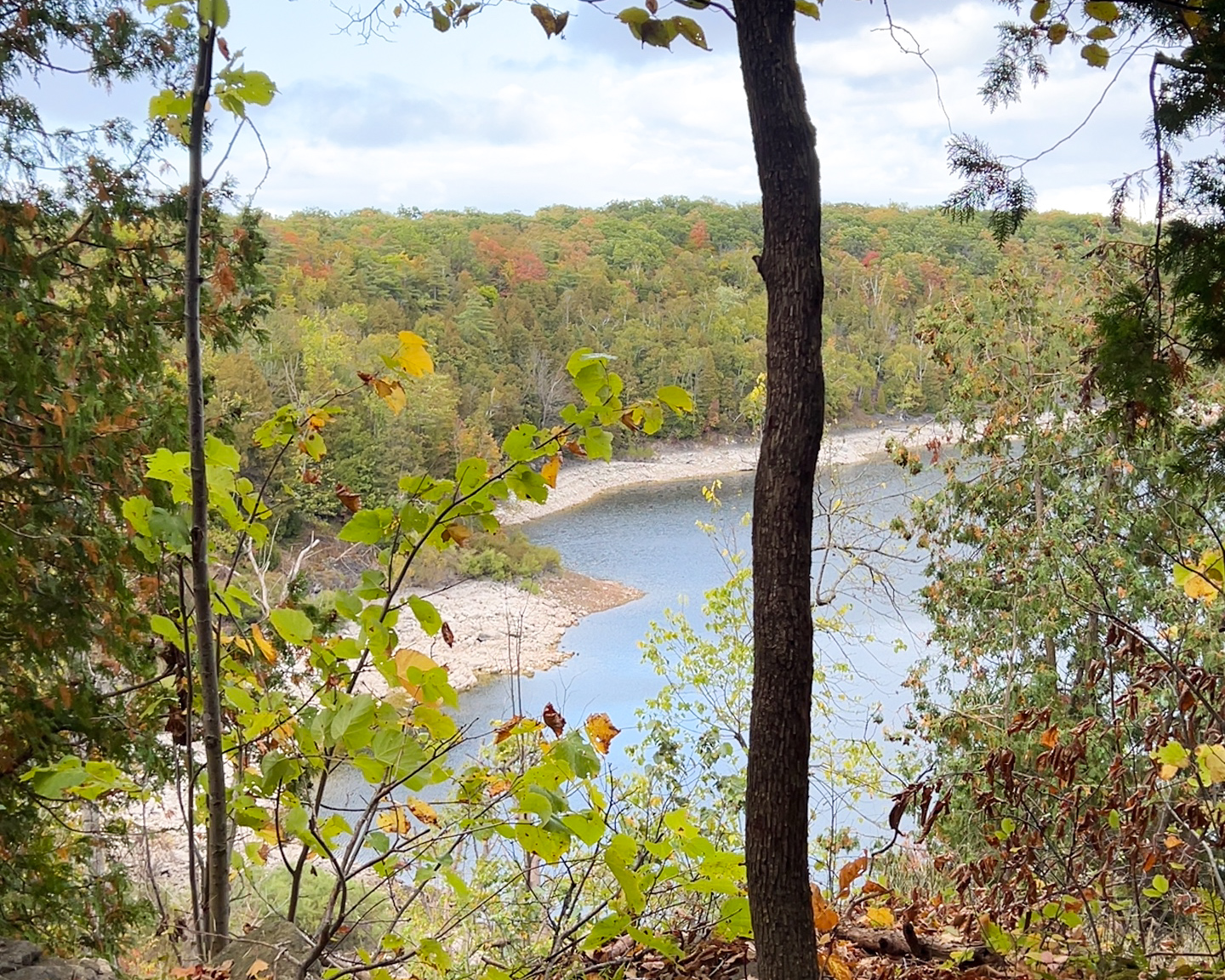Ontario’s verdant veil: unraveling the Greenbelt debate
Ontario's Greenbelt tensions rise as government changes threaten the region's ecological balance established in 2005.
“I made a promise to you that I wouldn’t touch the Greenbelt. I broke that promise. And for that I’m very, very sorry.” Premier Doug Ford’s apology during a Niagara Falls news conference reflects the intense public concern tied to Ontario’s Greenbelt, alongside the broader challenges of policymaking in an environmentally conscious era.
The Greenbelt, which has long acted as “the lungs” of Ontario, has recently been at the center of a major controversy following alterations proposed by the Ford government. A report by the Office of the Auditor General Ontario has ignited debates on the government’s transparency and the necessity of these changes.
The Greenbelt, as detailed on the Ontario government’s official page, spans 800 thousand hectares and plays a vital role in preserving agricultural lands, forests, wetlands, and watersheds. The Greenbelt Act was established in 2005 to ensure the enduring protection of agricultural and ecologically fragile areas. It not only curtails urban sprawl, but also ensures that Ontario’s residents have access to green spaces, clean air, and water.
The Auditor General’s report revealed several concerns with the government’s approach to Greenbelt adjustments. A major point of contention has been the lack of transparency in the land selection process for inclusion or exclusion from the Greenbelt.
The audit also discussed whether it would be justifiable to open parts of the Greenbelt for residential development, asserting that there was no evidence that this move was essential to meeting housing targets. This stance was underlined by the analysis that land outside the Greenbelt or within existing developments was available. The report expressed concerns over the potential environmental impacts and the loss of agricultural lands if development were allowed.
The method adopted by the government in selecting lands has drawn criticism from multiple corners. Concerns revolve around potential conflicts of interest and a lack of stakeholder consultation. A CBC report highlighted instances where there were rapid changes in land valuations, raising questions about the integrity of the process and casting doubts over the intent behind these decisions.
Such controversies have not been without political repercussions. The Greenbelt’s reconfiguration led to the resignation of two ministers. Their resignations serve as a stark indicator of the gravity of the controversy. Moreover, these departures highlighted the presence of profound disagreements and tensions within the government regarding the issue. Such internal divisions suggest that the Greenbelt’s alterations were not uniformly supported even among the government’s top echelons, raising concerns over the policy-making process and the potential influence of external pressures or interests.
Following mounting public pressure and internal disagreements, the Ford government has announced a reversal of its controversial land swap decision for the Greenbelt. In a recent statement, Premier Doug Ford admitted that the process might have moved “too fast” and that listening to the public’s concerns was paramount. “I want the people of Ontario to know that I’m listening,” the premier said.
The Greenbelt controversy underscores the challenges governments face in balancing developmental needs with environmental preservation. The importance of transparency, public consultation, and evidence-based decision-making has been highlighted once again. As the Ford government reverses the controversial land swap, it serves as a reminder of the enduring importance of the Greenbelt, both for the current and future generations.
Associate News Editor (Volume 50) — Karine is currently completing her bachelor’s degree specializing in Digital Enterprise Management at UTM. She has been involved with The Medium since 2022 as a contributor. She hopes to contribute to society's efforts to provide authentic and factual journalistic media to educate her readers during her time at The Medium. Her goal is to take her interest in ongoing research within the business and technology field and explore ways to share it with others through this platform. In her spare time, she enjoys going on walks, FaceTiming her family, and painting sunsets with her friends. Moreover, she passionately pursues the chase of the Aurora Borealis, seeking to experience and capture the breathtaking beauty of these natural light displays. You can connect with her on LinkedIn.


